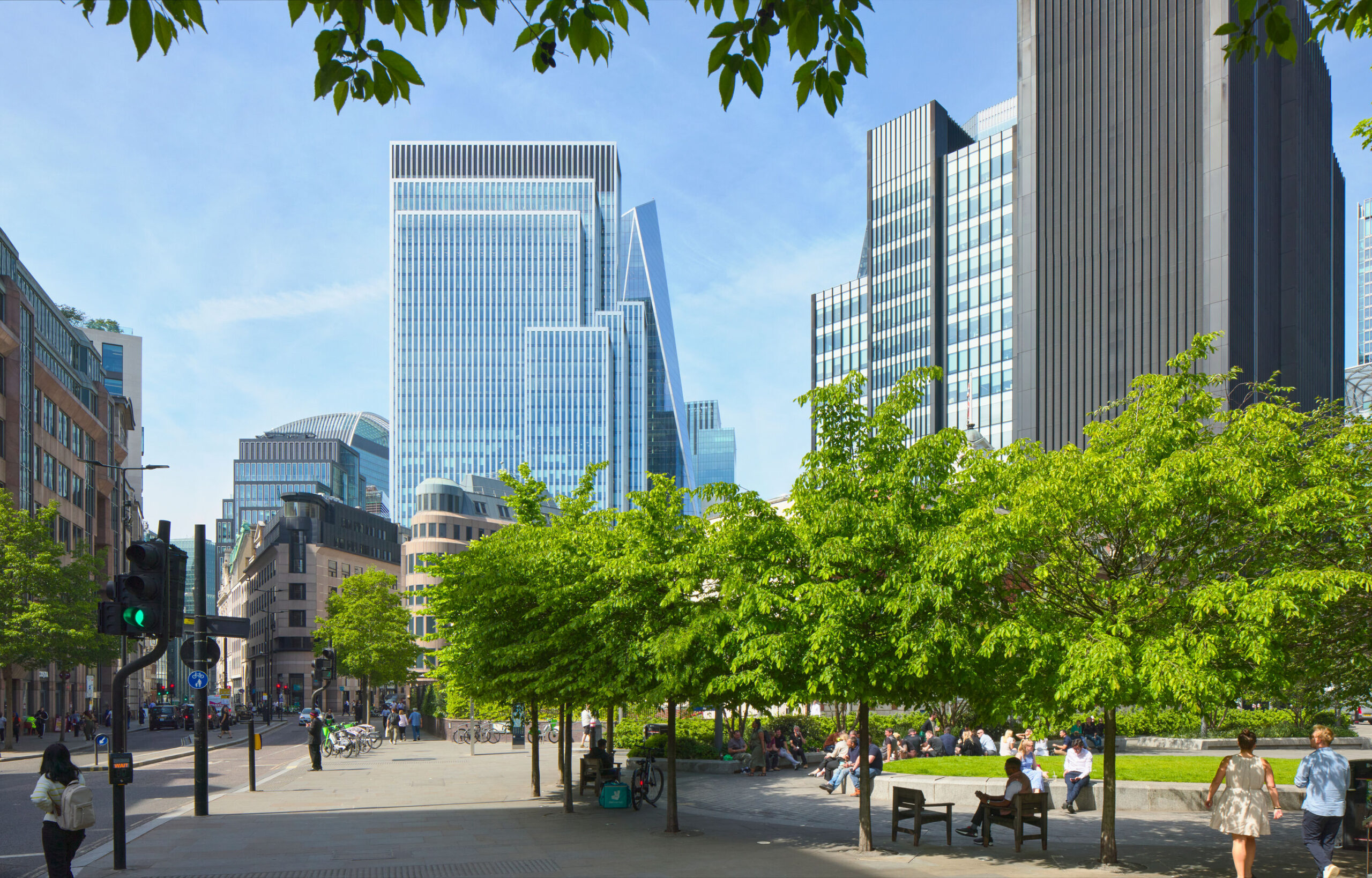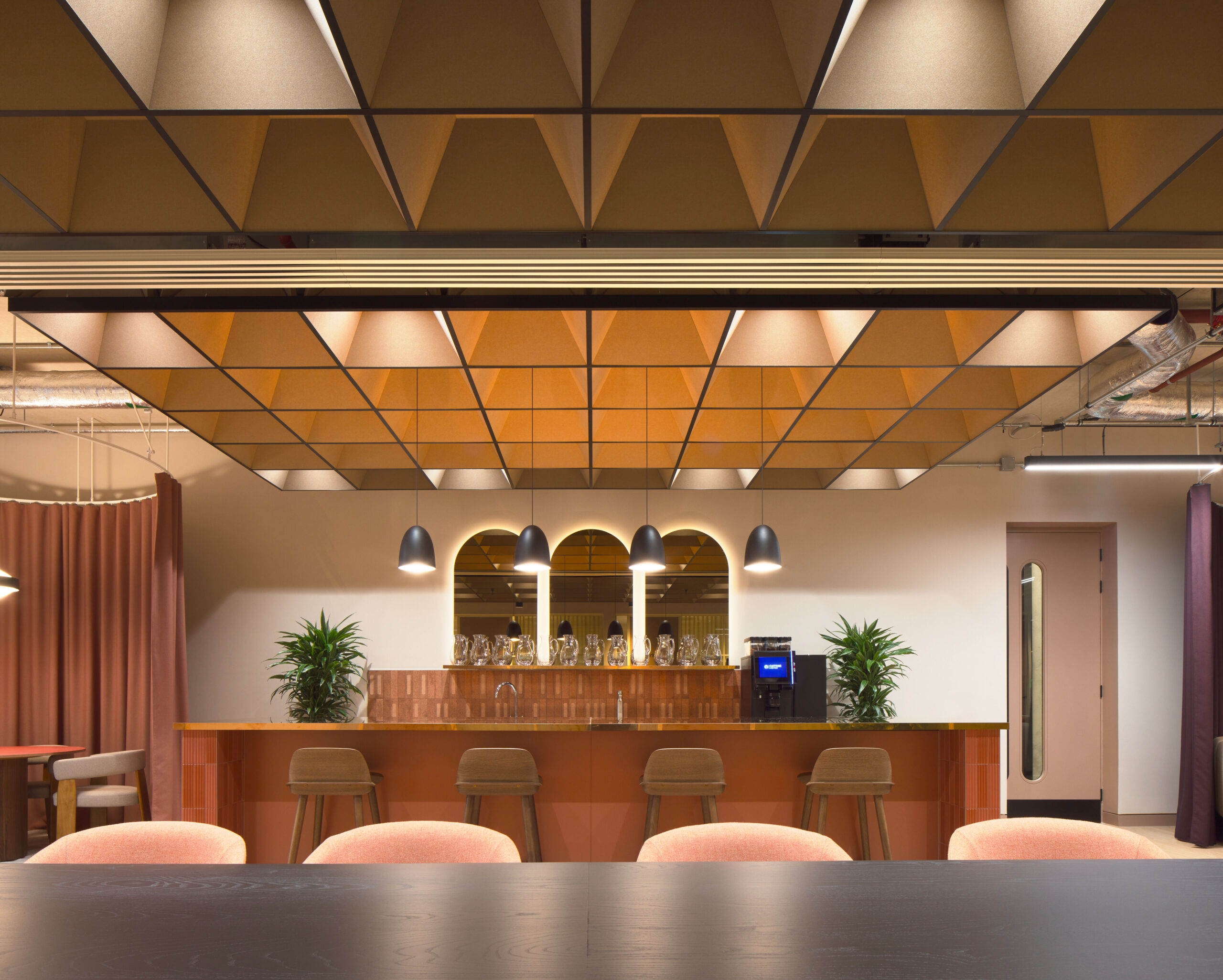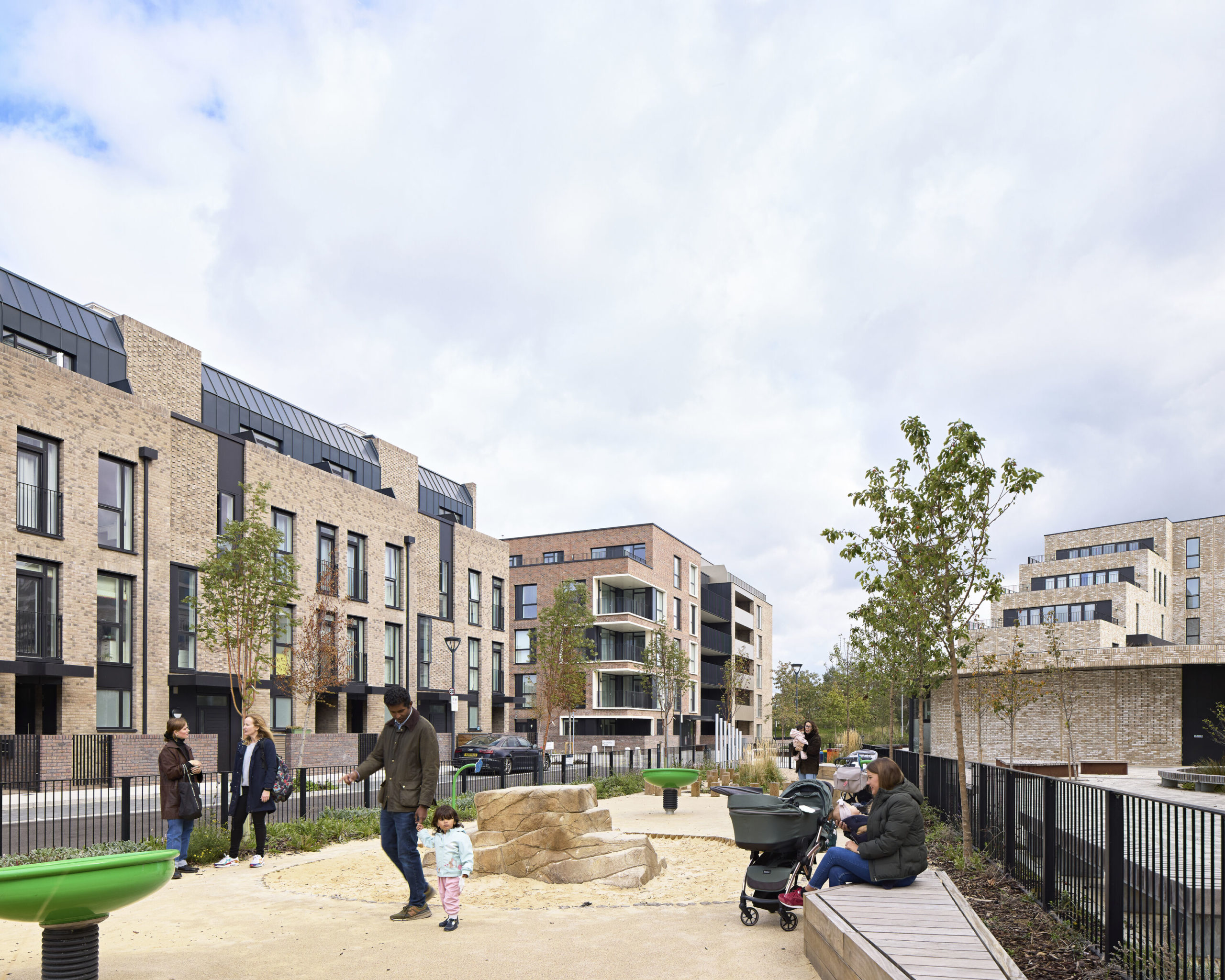

Although quality, sustainability, waste, and health and safety are also major contributing factors, the primary advantage of off-site manufacture over traditional building methods is speed. Modular construction streamlines the programme by splitting the work between multiple building sites at the same time.
Our Hammersmith Palais project uses off-site manufacture on a large-scale to deliver around 400 student bedrooms. Because we starting manufacturing the bedroom modules in the factory early in the programme whilst simultaneously starting ground works on the project site in Hammersmith, the contractor is on track to realise a three-month saving on the programme compared to using traditional build techniques. Our client’s decision to use off-site manufacture was led by the need to get the building operational in time for the intake of students in autumn.


But off-site manufacture isn’t a cheap option and considerable further investment is required. Still in its infancy in this country, this method will require a significant boost to meet future demands, particularly as the availability of traditional building skills is on the decline.
There is a learning curve associated with it that will have its own price tag and there is currently a shortage of firms who have the necessary skills and resources to deliver large volumes of pre-fabricated buildings. It is foreseeable that the economies of scale that off-site manufacture could create may begin to offset the additional cost when applied on a countrywide scale.
An understanding of off-site manufacture needs to be integral to the design process to ensure that our future homes don’t look repetitive and uninspiring. The process of off-site manufacture is well suited to the way that buildings are designed and detailed in digital space. CAD and BIM enable us to design and visualise buildings which can then be “printed” in three dimensions in the factory, so both the design and construction sides of the built environment industry are moving towards this approach.
In order to meet the target set by the Code for Sustainable Homes for all new homes to be zero carbon by 2016, house builders are already being forced to look at alternative ways to design and construct homes over the coming years. Private developers, Registered Social Landlords and other land owners are already factoring in the costs of achieving these codes in the acquisition of sites.
Is the industry ready to tackle these targets? Possibly not. But what is certain is that modular construction will play a significant role in implementing these targets over the coming years.
Follow Paul Simms on Twitter: @prsimms





















































































































































































































































































